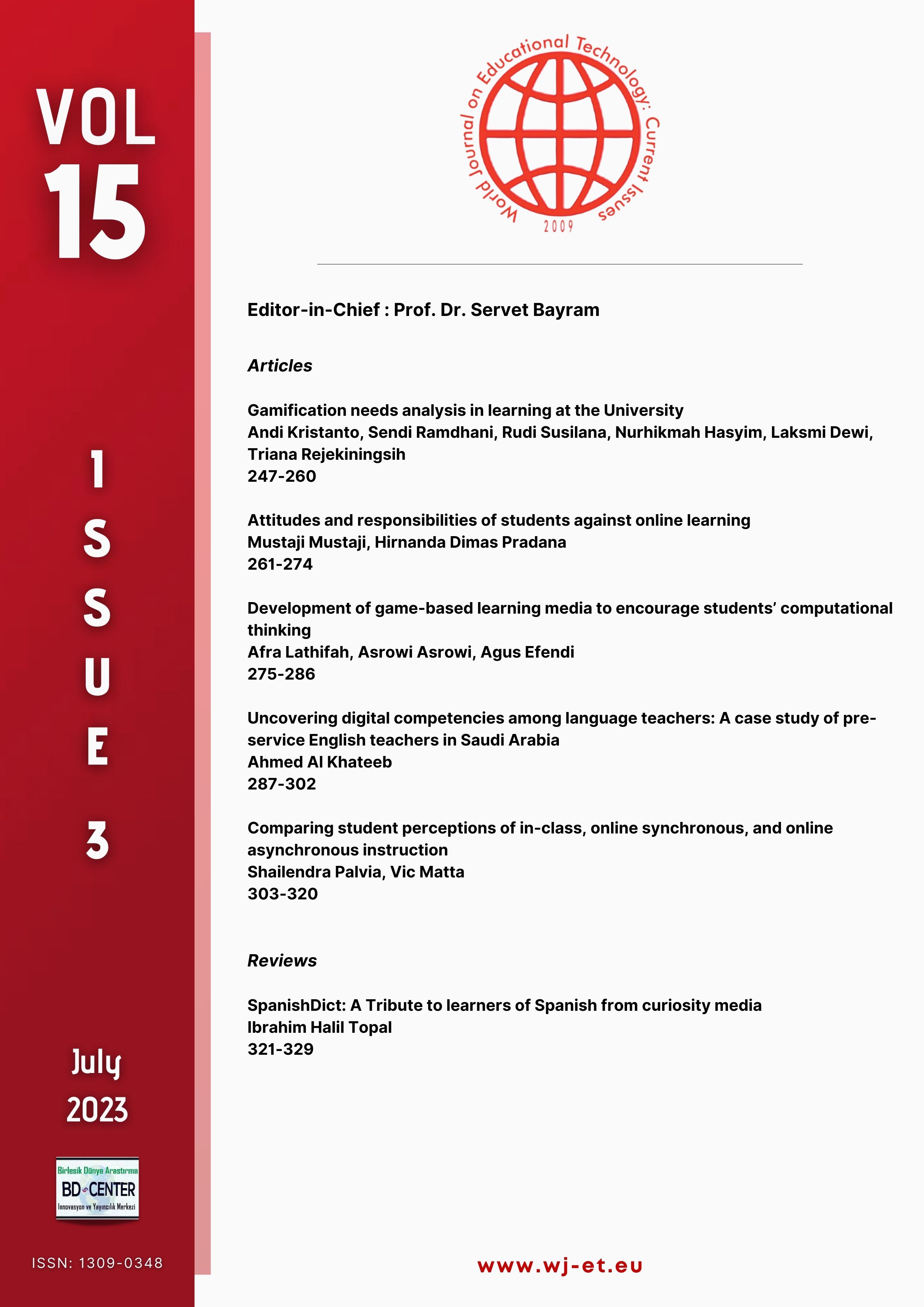Comparing student perceptions of in-class, online synchronous, and online asynchronous instruction
Main Article Content
Abstract
This article compares the efficacy of undergraduate teaching for in-class, online synchronous, and online asynchronous modes of instruction with implications for adapting the modes of instruction in computer information processing. The study uses a repeated measures design with pairwise comparisons while controlling for instructor, students, and course content across these modes of instruction. The study examines the following six perceptions held by students: instructional aspects such as instructor facilitation, student-to-student interaction, instructor-to-student interaction, course design, learning outcomes, and student satisfaction. The study also examines actual student performance on homework, quizzes, and exams. All findings were interesting and insightful. Student perceptions of almost all instructional aspects were significantly higher for the in-class mode than the two online modes of instruction. However, actual student performance was significantly better for online modes of instruction. The discussion section triangulates these statistical results with a review of 3000+ open-ended student responses to explain results, provide guidelines, and suggest future research.
Keywords: Asynchronous instruction; distance education; E-learning; in-class; online; synchronous instruction
Downloads
Article Details

This work is licensed under a Creative Commons Attribution 4.0 International License.
World Journal on Educational Technology: Current Issues is an Open Access Journal. The copyright holder is the author/s. Licensee Birlesik Dunya Yenilik Arastirma ve Yayincilik Merkezi, North Nicosia, Cyprus. All articles can be downloaded free of charge. Articles published in the Journal are Open-Access articles distributed under CC-BY license [Attribution 4.0 International (CC BY 4.0)].
Birlesik Dunya Yenilik Arastirma ve Yayincilik Merkezi (BD-Center)is a gold open-access publisher. At the point of publication, all articles from our portfolio of journals are immediately and permanently accessible online free of charge. BD-Center articles are published under the CC-BY license [Attribution 4.0 International (CC BY 4.0)], which permits unrestricted use, distribution, and reproduction in any medium, provided the original authors and the source are credited.
